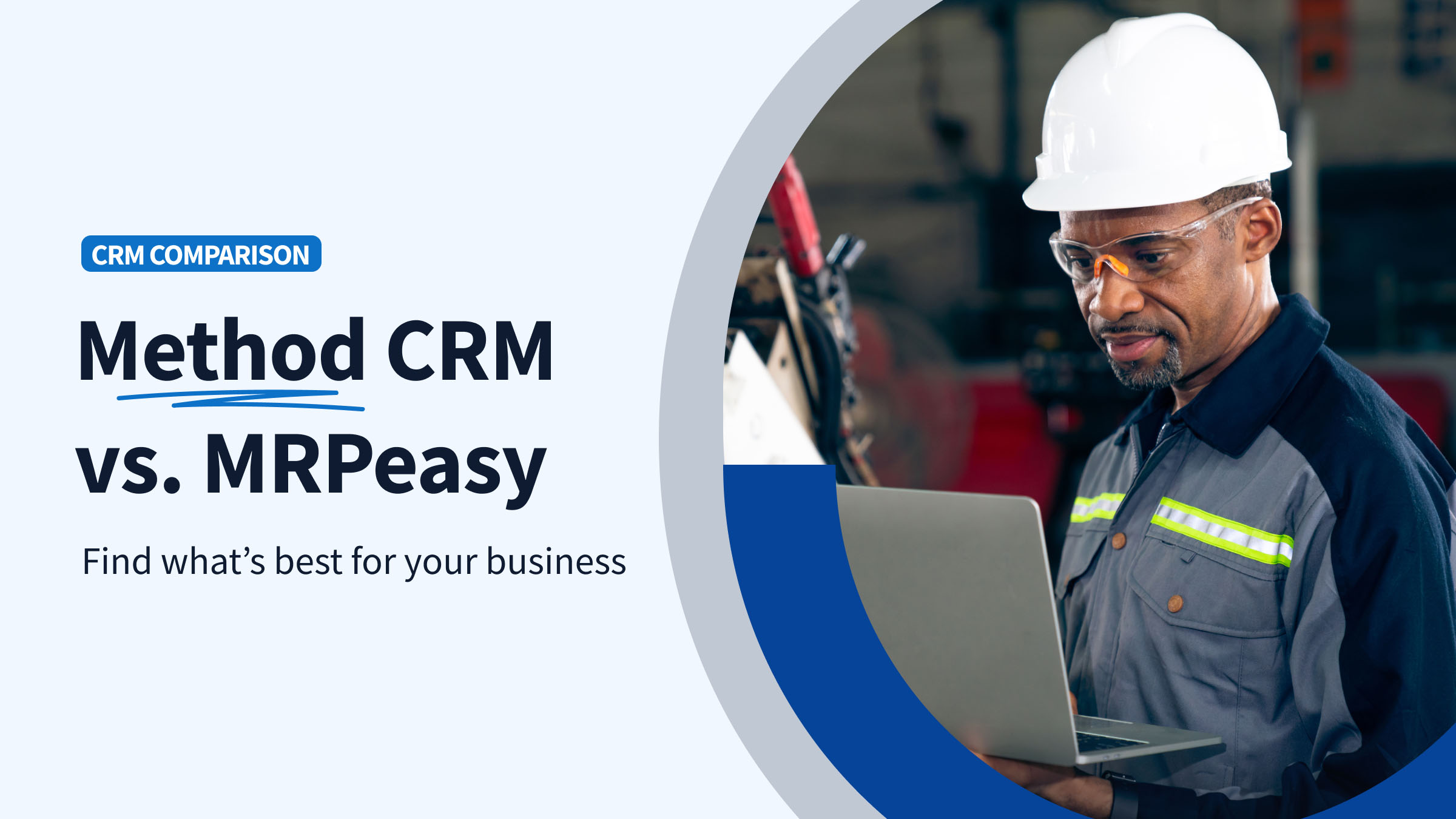A repeat customer is like a gift that keeps on giving. You anticipate closing a deal with them for weeks, maybe even months, and then they finally do business with you.
Then, it turns out that they’re so satisfied with your products or services that they continue to buy from you and become a repeat customer. This means you can count on them to come back, make future purchases, and maybe even refer some new customers to you.
Long story short — repeat customers are every small business owner’s dream. So the question is, how do you get more of them?
While many customer retention strategies can help you drive repeat business, one among them stands out — using a CRM solution.
What is a CRM?
Before we get started, let’s first answer the question: “What does CRM stand for?”
CRM is short for customer relationship management software and it’s a tool businesses use to better manage leads and customers. The benefits of CRM software include:
- Streamlining your lead management process
- Getting data-driven insights about your customer base
- Making your sales process more efficient
- Providing a better customer experience
- Increasing your productivity and saving time and money as a result
Now that we all understand what a CRM is, let’s look at how you can use one to get more repeat customers.
4 ways a CRM can help you get more repeat customers
1. Impress your customers with outstanding service
Great customer service is a huge part of obtaining repeat business. Especially when you consider that one bad experience stops 80% of customers from shopping with a business ever again.
“One bad customer service experience stops 80% of buyers from returning to a business.”
– Small Biz Trends, 2020.
Thankfully, a CRM can help you manage and serve your customers better.
One way it does this is by offering your customers 24/7 self-serve convenience through online portals. With the click of a button, your customers can use portals to:
- Check their account balance
- Complete online payments
- Update their contact information
- View support requests
- Look at past transactions
All in all, portals are a great way to improve your customer service as they give your customers the freedom and flexibility to do business with you on their terms.
2. Use lead scoring and qualification to make sure new customers are the right fit
If you want more long-term, loyal customers, you need to make this a priority early in your customer acquisition process. This means having your sales and marketing teams think about whether the leads they bring in are a good fit for your product.
To make this easier, you’ll want to go back to basics and refer to your ideal customer profile (ICP).
For those of you new to what an ideal customer profile is, it’s a summary of the characteristics your best customers share. For context, your ICP can contain anything from the total amount a customer spends in one transaction to their demographic details.
Once you’ve agreed upon your ICP it’s time for your sales and marketing teams to use these criteria to find and pursue the leads that are most likely to become repeat customers. And this is where your CRM will come in handy.
With the help of a CRM, you can:
- Keep an up to date record of incoming leads and organize them into categories
- Leverage data on the habits and characteristics of repeat purchasers
- Qualify or disqualify leads based on certain factors
- Use lead scoring to prioritize your most promising prospects
Equipped with the information and organization a CRM provides, you can manage your leads more efficiently and prioritize the prospects most likely to become repeat customers.
3. Personalize your customer’s experience
A huge reason repeat customers are loyal to the businesses they shop with is because of the personalized experiences they receive in return. In fact, Forbes found that 80% of frequent shoppers only buy from businesses that provide a personalized experience.
“80% of frequent shoppers only buy from businesses that provide personalized experiences.”
– Forbes, 2020.
To deliver the level of personalization that repeat customers want, you’ll need to leverage the goldmine of customer information a CRM holds. This includes details like their:
- Favorite products
- Communication preferences
- Engagement rate with different promotions
- Buying habits
From birthday discounts to bundle offers with products your customer just can’t say no to, a CRM is a helpful tool when it comes to using personalization to drive repeat business.
4. Never stop nurturing your customers
Oftentimes, the difference between one-time customers and repeat customers is whether your business is top of mind. And with so much going on in our daily lives, it takes work to be in this coveted spot.
The key to remaining top of mind is to never stop nurturing your customers. From thanking them for their business to inviting them to join your rewards program, staying in touch with your customers after the initial sale keeps them engaged and returning to your business.
With a CRM, it’s easy to find and leverage each customer’s history and use this information to connect with them after the sale. Plus, with a CRM you can automate your nurture efforts with email campaigns so you never miss an opportunity to generate repeat business again.
Recap: Using a CRM to get more repeat customers
Now that we’ve looked at how a CRM can help you get more repeat customers, let’s wrap things up with some actionable takeaways.
- Use customer portals to provide your customers with the best service possible.
- Implement lead scoring and qualification early in the sales cycle to encourage customer retention.
- Leverage customer data to provide a personalized experience your customers can’t get anywhere else.
- Use email campaigns to stay top of mind for your customers.
See how Method CRM can help you get more repeat customers with a free trial.
Image credit: Clay Banks via Unspalsh






